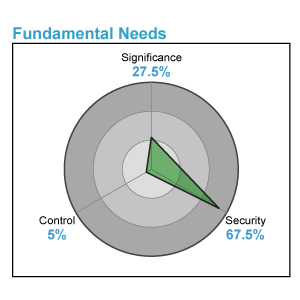The Livstyle assessment has been designed to give you insight into some core things about who you are as a person and the way you work. Here’s some of what you will learn from a Livstyle assessment:
- Your natural and adaptive personality
- How you process information
- Your pace and process of making decisions
- Your fundamental needs and motivation
- Your conflict management style










